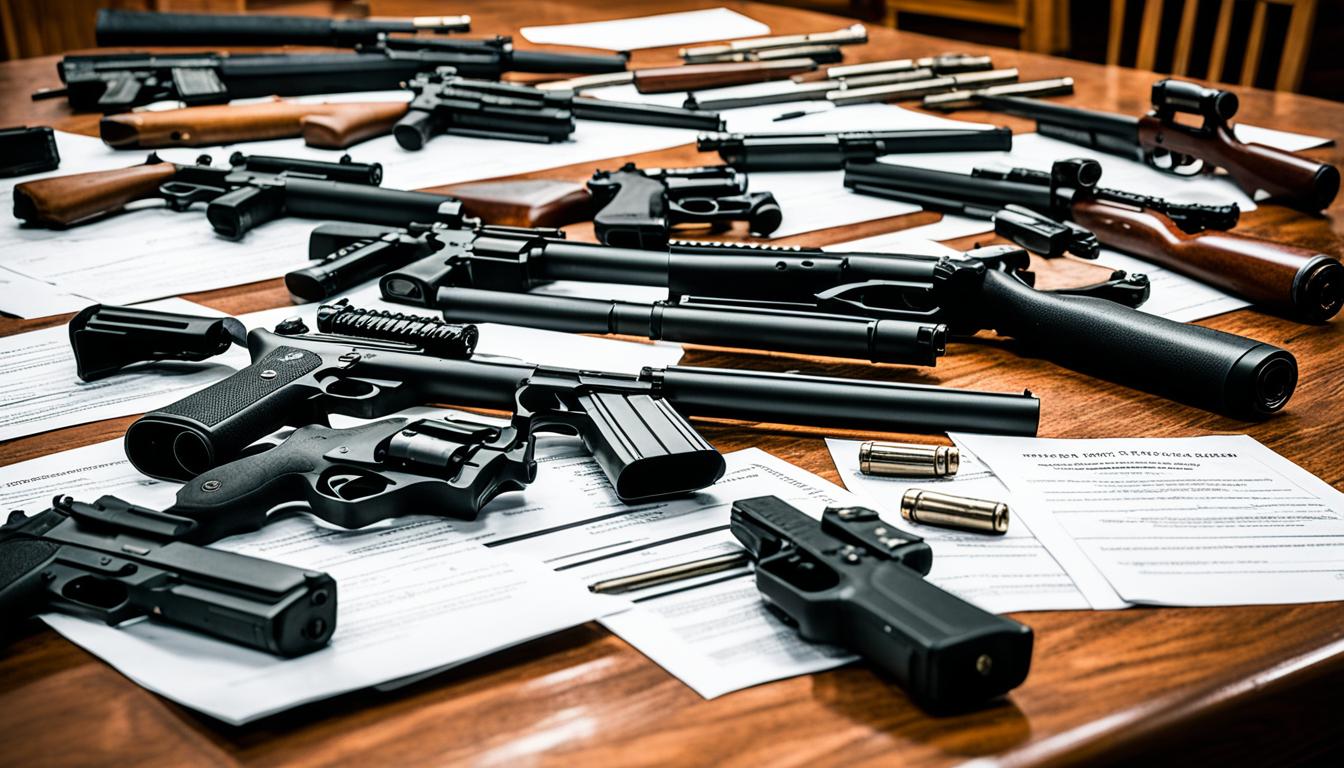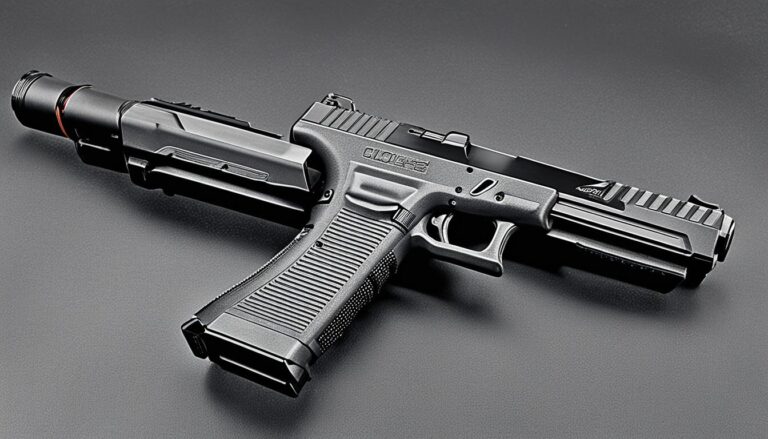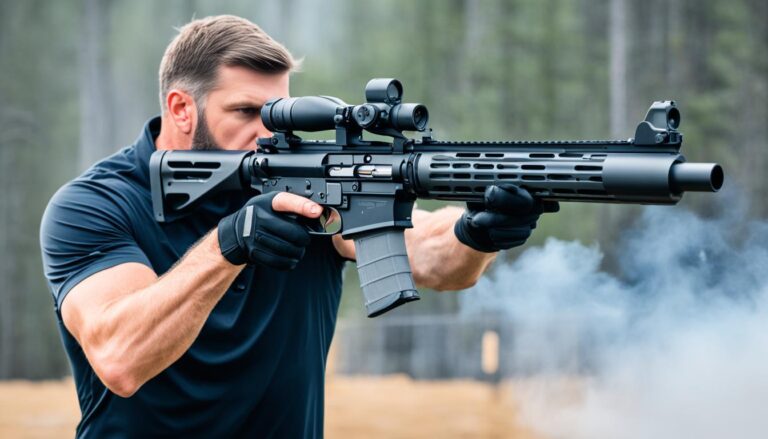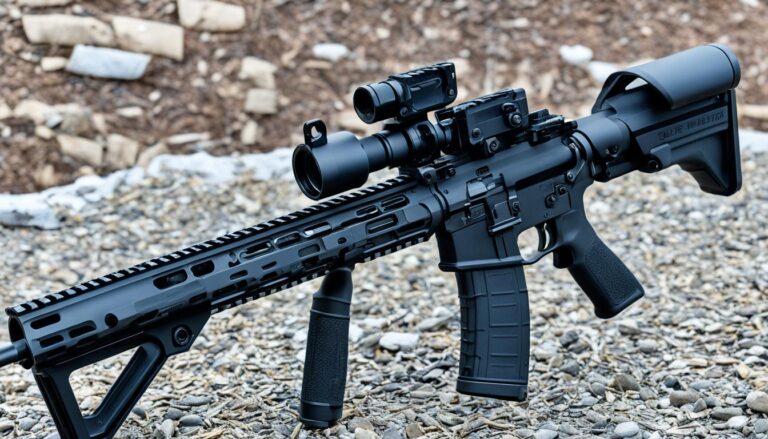Obama’s Executive Orders, Atf 41F And The Impact On Nfa Trusts
Under the Obama administration, the landscape of NFA firearms regulation witnessed pivotal shifts, particularly with the introduction of executive actions aimed at tightening gun control. Key amongst these changes was the implementation of ATF 41F, a regulatory amendment influencing legal instruments like trusts, corporations, and LLCs that manage NFA items ownership, including suppressors and short-barreled rifles. Previously, gun trust changes under ATF 41F did not involve individual identification measures for trust members; however, the current stipulation mandates fingerprinting and photograph requirements for all responsible individuals within such trusts.
These alterations form a critical part of the ongoing debate surrounding Obama gun control efforts and have significant repercussions for firearms enthusiasts who rely on NFA trusts. Today, we delve into the intricate world of ATF 41F and explore its consequential impact on the ease of acquiring and transferring NFA regulated items through a trust. Join us as we dissect the pre and post-41F era, shedding light on what these legislative changes mean for both current trust holders and prospective buyers.
Understanding ATF 41F and NFA Trusts
The landscape of firearms ownership shifted significantly with the enactment of the ATF ruling known as Final Rule 41F. This critical piece of legislation reshaped the responsibilities and legal procedures for those looking to acquire, transfer, and inherit NFA items under a gun trust. Now, more than ever, it is imperative for firearms enthusiasts and collectors to comprehend the new NFA trust definitions and reevaluate their trust responsibilities.
What is ATF 41F?
Introduced under the Obama administration, ATF 41F was a response to calls for tighter regulations on firearm possessions. Effective from July 13, 2016, it marked a seismic change in how applications for NFA items were handled, specifically for those involving legal trusts. The rule mandated that all identified responsible persons within an NFA trust provide fingerprints, photographs, and consent to a background check, mirroring the scrutiny faced by individual applicants. The aim was to close loopholes that might allow the wrong individuals access to firearms without proper vetting.

The Role and Structure of NFA Trusts
At their core, NFA trusts are legal instruments tailored to the unique nature of NFA-regulated items like suppressors and fully automatic firearms. A well-structured NFA trust simplifies the process of succession planning and ensures responsible ownership of such items. The trust delineates clear lines of authority and possession, thereby protecting trustees and beneficiaries from inadvertently violating federal laws surrounding NFA regulations.
Pre-41F vs. Post-41F NFA Trust Regulations
Before the introduction of ATF 41F, setting up an NFA trust was a commonly sought-after method for gun owners to bypass cumbersome applicant requirements, including a signature from a chief law enforcement officer (CLEO). However, the post-41F world introduced gun trust adjustments that increased oversight and pushed trust users into a tight compliance canvas.
- Pre-41F, an NFA trust could be used to purchase NFA items without the need for individual trustees to undergo background checks or submit fingerprints and photos.
- Post-41F put an end to that process, equating the trust scrutiny to that of an individual owner’s—demanding thorough vetting of all persons involved in the trust.
- The CLEO notification requirement, although softened from a signature to merely a notification, added another layer of administrative duty for trust entities.
This evolution in NFA regulations calls for potential and current NFA item holders to be well-versed with the intricacies of ATF 41F compliance. Understanding these changes is crucial for maintaining lawful ownership while avoiding potential legal pitfalls that can come with firearm trusts in the present landscape.
Adapting to Changes: Best Practices for NFA Trusts After ATF 41F
In the wake of ATF 41F, prospective and current firearms trust holders are navigating a more complex legal terrain. To align with these changes, adhering to best practices when setting up an NFA trust or maintaining existing arrangements is essential for lawful firearm management and estate planning. It’s not just about compliance; it’s about safeguarding the enjoyment of gun ownership for years to come.
Steps to Take When Establishing a New NFA Trust
Establishing a new NFA trust requires a keen understanding of the ‘responsible person’ criteria and a commitment to meticulous documentation. Initial steps include gathering personal information for all individuals involved in the trust, ensuring that each meets ATF compliance. It’s a foundational aspect of gun ownership best practices and one that will establish a precedent for the administration and future transfer of NFA items.
Changes in Documentation and Compliance for Current Trust Holders
For current NFA trust holders, staying abreast of policy revisions and documentation is paramount. This involves regular updates to the Chief Law Enforcement Officer (CLEO) notifications, adapting the process for adding new NFA items to the trust, and seamless compliance with any emerging ATF regulations. Such diligence will ensure that the trust’s standing remains unblemished and within the bounds of federal expectations.
Long-Term Implications for Collectors and Sportsmen
Collectors and sportsmen face long-term implications under ATF 41F, including a more detail-oriented approach to the acquisition and inheritance of NFA items. Estate planning for firearms, now more than ever, requires clearly defined roles for trust participants, a solid understanding of NFA regulations, and proactive measures to ensure that gun ownership is a tradition that can be legally passed down without issue.





